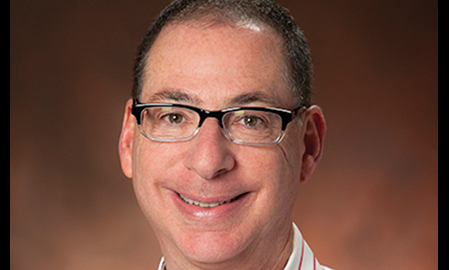With pressure from payors to reduce what they pay for medicines and healthcare overall, healthcare companies are also pressed to cut costs. Simultaneously, market research departments must find innovative ways of obtaining insights to better demonstrate value while reducing costs. This means a shift to cost-effective secondary research instead of costly primary research.
As I pull out my crystal ball, I see a day where we WANT to use secondary research first. The data are rich. Access to real-world data is abundant. Because markets around the world require the use of health information technology, we have access to anonymized patient data like never before. With privacy protections, we can follow patient-level activities from healthcare initiation, diagnosis, treatment and ultimately, outcomes. Through de-identified biomarkers and lab work, we can view qualitative patient assessments. Imagine…front-end tools will enable market researchers to query almost anything.
No longer can market researchers shy from secondary data. We can make more accurate decisions about behaviors based on sample sizes in the millions!
I also see the need for a new kind of market researcher. One able to turn analytics into concrete ideas; one with knowledge of the industry, therapeutic areas, customers and drivers to success; and one who can put it all together and catalyze business growth.
Is this the end of primary research and primary researchers? Absolutely not. However, I do believe the balance will shift to a new kind of market researcher in the future. Those starting out now should focus on what skill sets will be important in the future and less on those that define success today.
David Berman is associate vice president, global market research and analytics, Merck.
From the November 01, 2013 Issue of MM+M - Medical Marketing and Media







